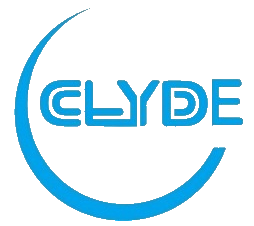Maintenance methods and precautions for chemical storage tanks
During the operation of chemical storage tanks, it is necessary to clean or replace the liquid level gauge for repair, or replace the inlet, outlet, and drain valves to clear and clean the cooling water coils. Check and repair the safety valve vent flame arrester. Repair the anti-corrosion layer and insulation layer.
Major repair: including repairing the internal components of the storage tank in the medium repair project. For parts found to have cracks, severe corrosion, etc., corresponding repair or replacement of the cylinder section shall be carried out. Polymer composite materials can be used for repair. According to internal and external inspection requirements, as well as after repairing or replacing the cylinder joint, leakage testing or hydraulic testing is required. Fully remove embroidery and keep warm. Handle other issues found during the internal and external inspection of the storage tank.
The maintenance methods and quality standards for chemical storage tanks, such as drilling, welding, and replacing cylinder sections, should be based on the "Capacity Regulations" and other relevant standards, and specific construction plans should be formulated and approved by the technical responsible person of the unit. The materials used for repair (base materials, welding rods, welding wires, fluxes, etc.) and valves should have quality certificates. When using old materials for valves and fasteners, they must be inspected and qualified before use.
The fasteners for assembling the storage tank should be coated with lubricating material, and the bolts should be tightened diagonally in sequence. Non metallic gaskets are generally not reusable, and when selecting gaskets, the corrosiveness of the medium should be considered. After repair and inspection, anti-corrosion and insulation work can only be carried out.
Precautions for chemical storage tanks:
- Storage tanks for flammable gases and liquids should be equipped with necessary fire-fighting equipment. Smoking, open flame lighting, heating, and bringing their ignition sources into the tank area are strictly prohibited.
- For storage tanks storing flammable, explosive, toxic, corrosive and other media, relevant regulations on hazardous material management should be strictly implemented.
- Before tank inspection and repair, the power supply of electrical equipment related to the tank must be cut off, and equipment handover procedures must be completed.
- After the medium inside the storage tank is drained, the inlet and outlet valves should be closed or blind plates should be added to isolate the pipelines and equipment connected to them, and clear partition signs should be set up.
- For storage tanks containing flammable, corrosive, toxic, or suffocating media, they must undergo replacement, neutralization, disinfection, cleaning, and other treatments, and be analyzed and inspected after treatment. The analysis results should meet the requirements of relevant specifications and standards. It is strictly prohibited to replace flammable media with air.
